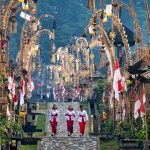Discover the charm of Penglipuran Bali village
Penglipuran Village has the charm of Bali’s picturesque gem. Focus Asia Travel sees this because…
Nestled in the Balinese highlands, this traditional Balinese village is famous for its pristine cleanliness, cultural heritage and stunning architecture. If you’re planning a trip to Bali, one destination you must include on your itinerary is the enchanting Penglipuran Village.

Penglipuran Village Bali
Bali (Indonesia) is not only famous for its wonderful beaches and majestic natural beauty but is also home to villages that preserve profound traditional cultural values. On this list, Penglipuran Bali village – a village located in the Batur Mountains, is a destination not to be missed for those who love to explore the peaceful and traditional beauty of this small island.
Where is Penglipuran Bali Village?
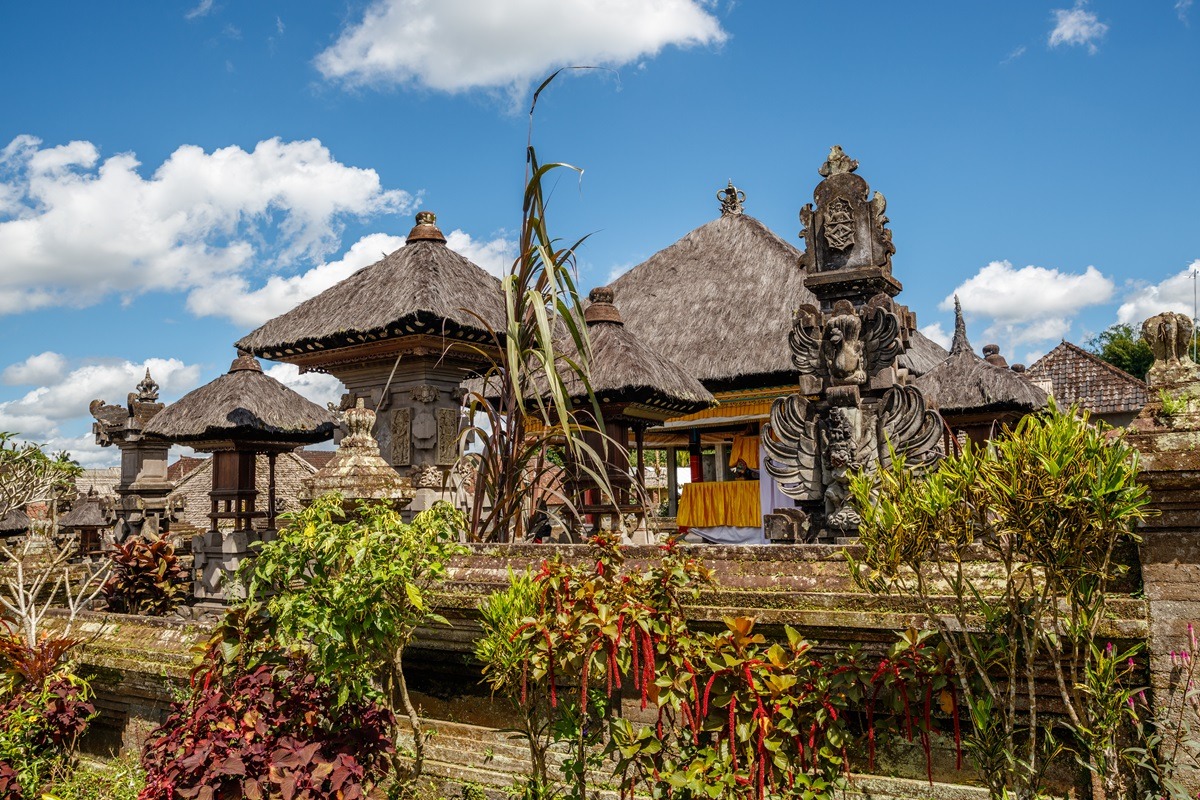
Located around the foot of Mount Batur, on the deep green plateau of Kubu Pangli Regency.
Located around the foot of Mount Batur, on the deep green plateau of Kubu Pangli Regency, the traditional village of Penglipuran offers visitors to experience an ancient mossy space, with a quiet and sacred atmosphere, the village is located at an altitude of more than 600 meters above sea level, visitors to Penglipuran Bali village will enjoy cool weather. Especially in the summer, this is an ideal destination to “escape” from the hot heat of southern Bali.
The charm of Penglipuran village.
Penglipuran village, located in Bangli, is often hailed as one of the cleanest villages in the world. The village, with its well-preserved traditional Balinese houses along the picturesque main road, offers a unique glimpse into authentic Balinese culture. The community here is committed to maintaining the cleanliness of the village, making it an exemplary model of sustainable living.
The specialness of this village comes not only from its natural beauty but also from the preservation and strong maintenance of its unique culture, making visitors feel like they are returning to ancient times.
Historical significance
Penglipuran village has a rich history dating back centuries. The villagers still adhere to their traditional lifestyle and have hardly changed. The local architecture is testament to this, with homes built with bamboo and other sustainable materials, following age-old Balinese construction techniques.
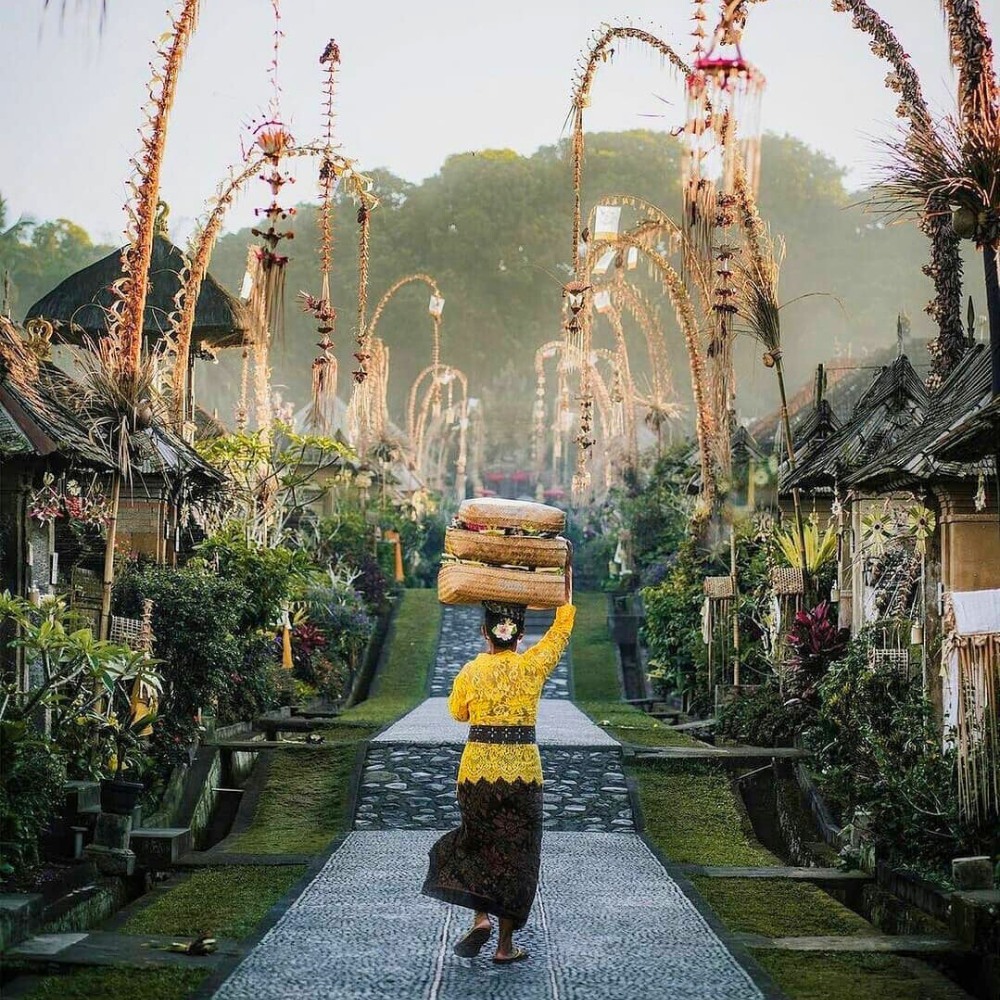
Penglipuran village has a rich history dating back centuries.
Explain the name of Penglipuran Bali village.
With a name that has a typical meaning of Indonesian culture, Penglipuran Bali village is inspired by the word Pengeling Pura, which means a temple dedicated to remembering ancestors. The historical story says that the inhabitants of Penglipuran migrated from Kintamani (near Gunung Batur).
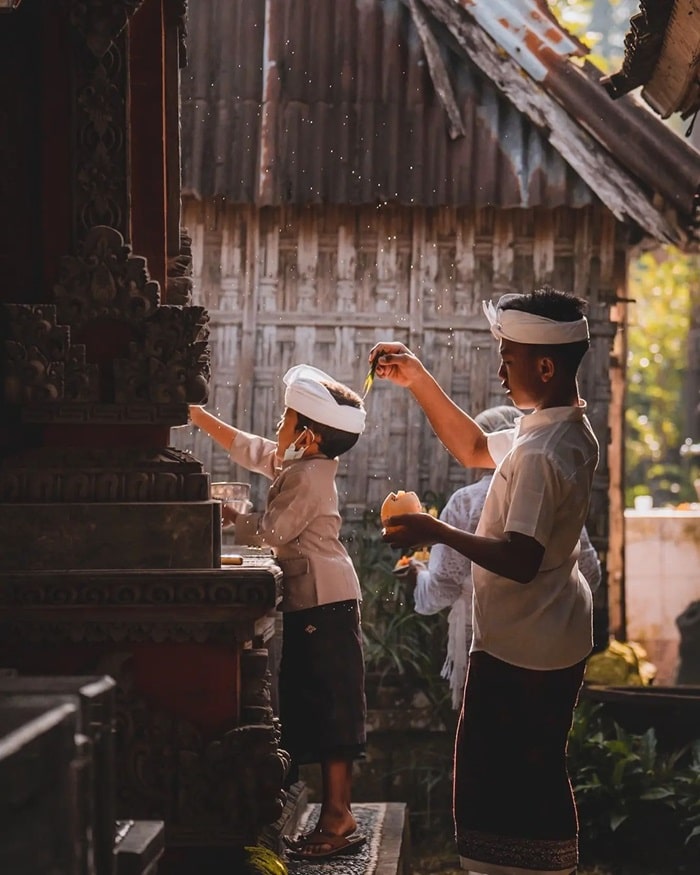
Explain the name of Penglipuran Bali village.
In the new land, they still maintain and preserve their traditions. Another theory about the origin of the name is from the combination of “Pangleng” and “Pura” with the meaning of four temples located in the four directions of the compass; the design of the village follows the Hindu Tri Mandala concept, with “Parhyangan” being the sacred place, “Pawongan” being the living place, and “Palemahan” from “lemah” meaning land or graveyard.

Things to see and do in Penglipuran Village
– Traditional Houses: Walk along the main road and admire the beautifully preserved traditional Balinese houses. Each house has intricate carvings and lush gardens.
– Temples: Visit sacred temples in the village, which play an important role in the spiritual life of the villagers.
– Bamboo Forest: Explore the nearby bamboo forest, a perfect location for nature lovers and photography enthusiasts.
– Cultural performances: Experience traditional Balinese music and dance performances held in the village.
Arts and crafts: Visit local artisans and witness the creation of traditional Balinese crafts.
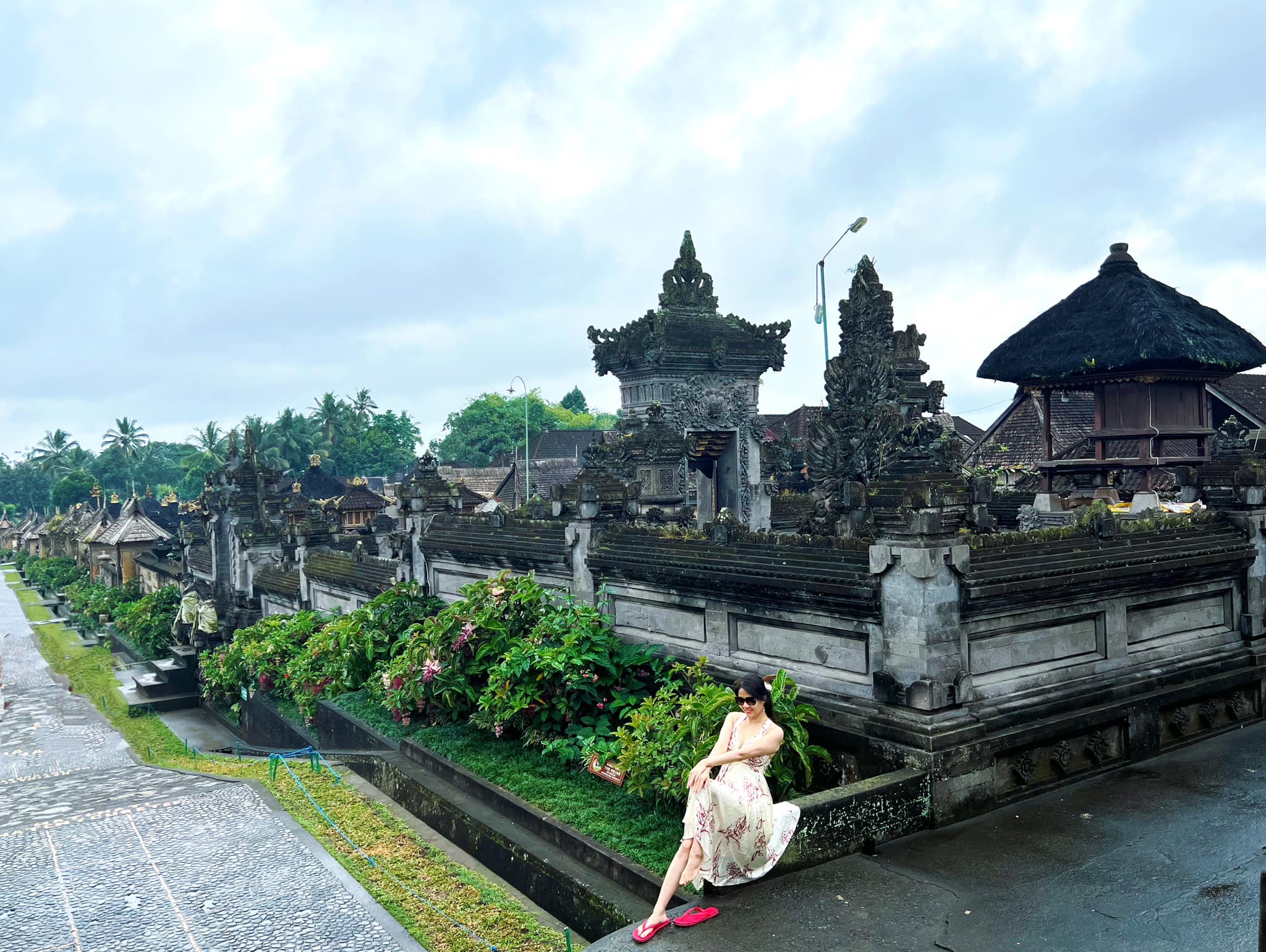
Visit local artisans and witness the creation of traditional Balinese crafts.
The best time to visit is during the dry season (April to October) when the weather is pleasant.












